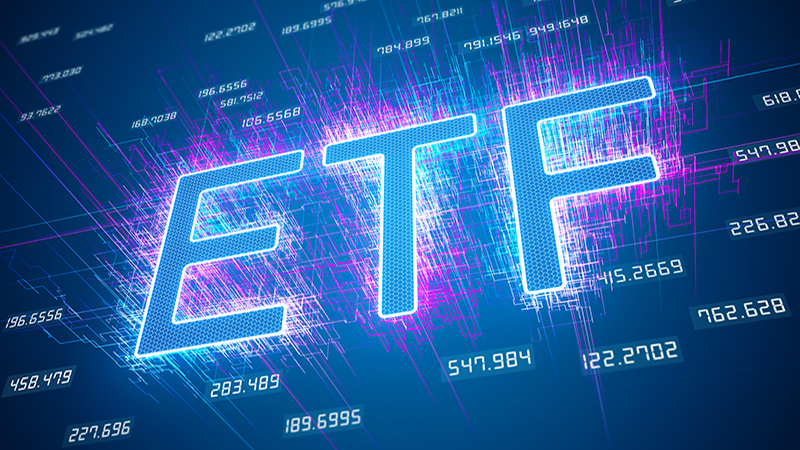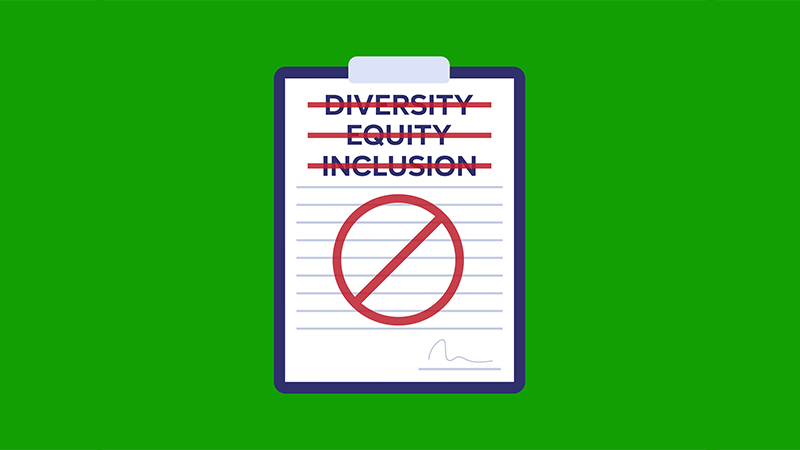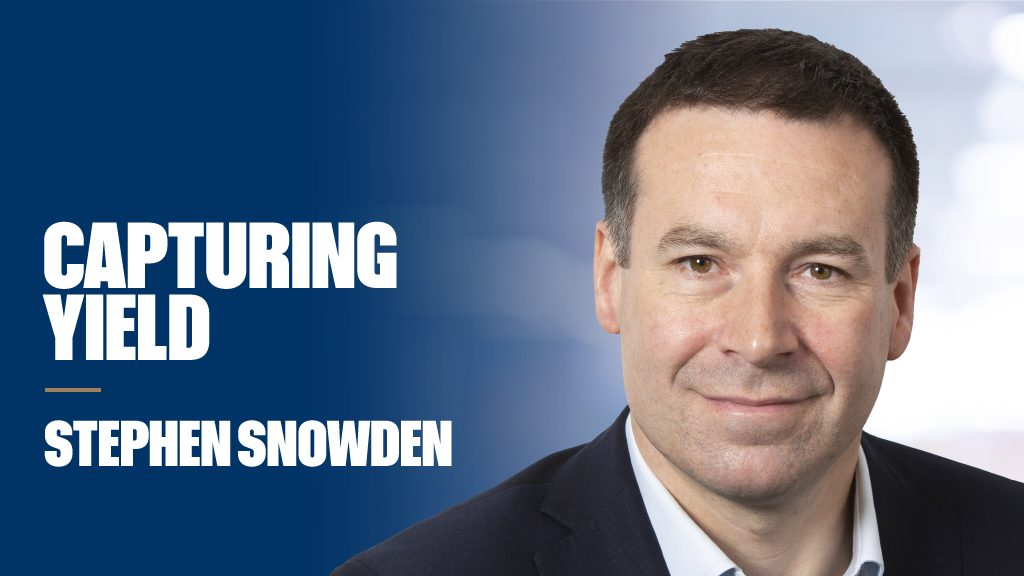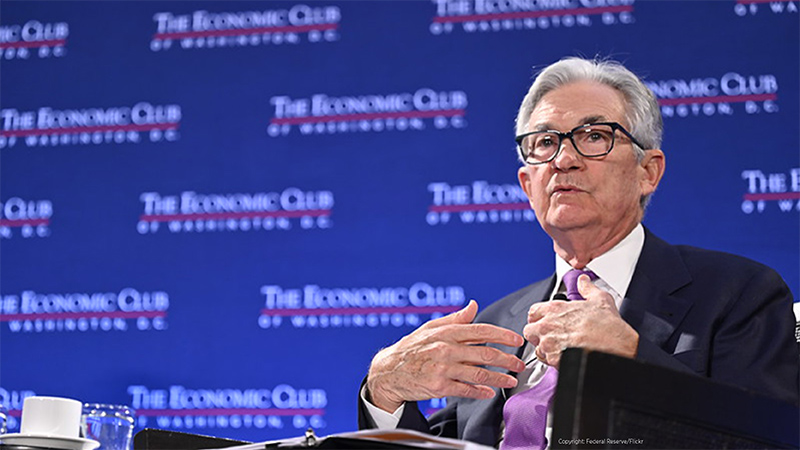Investors have been left with a difficult judgement to make on the near-term direction of markets after the Federal Reserve held US rates flat at 5 – 5.25% last night.
The most notable aspect of the Fed meeting was not the holding of rates, which was widely expected, but the hawkish commentary that accompanied it.
Chair Jerome Powell (pictured) and his colleagues indicated they are minded to raise further following the pause.
Whether this is rhetoric designed to ensure markets do not become exuberant too quickly or something that will actually come to pass is very questionable.
Inflation in the US has fallen sharply over recent months and now sits at 4%, versus a target of 2%.
Clearly the Fed has not reached its goal yet, but given the time lags involved in monetary policy it is forecast that inflation will fall to the target in due course, without significant further measures.
Salman Ahmed, global head of macro and strategic asset allocation at Fidelity International, commented: “The policy emphasis remains on price stability and the ongoing resilience in the labour market continues to be seen as driver of persistence in inflation.
“With additional hikes predicted, the FOMC maintains its higher for longer policy stance, believing it will put downward pressure on price pressures.”
“All in all, we maintain our view a recession is likely in late 2023 or early 2024, as the tight policy starts to damage the economy going forward. The transmission lags in this cycle have been long and variable due to the Covid shock, however, the continued focus on keeping monetary policy tight means risk to growth remains firmly to the downside as we move further into 2023.”
Global head of fixed income at Janus Henderson, Jim Cielinski, said: “Despite many drivers of inflation having subsided, prices have stayed sufficiently sticky to compel the Fed to maintain a hawkish stance over the remainder of 2023.
“Additional rate hikes would likely weigh on aggregate demand at a time when tightening credit conditions are creating additional headwinds for the US economy. Continued hawkishness by the Fed is modestly negative for riskier assets as it increases the odds of a policy mistake, especially if rate increases occur before the full effects of earlier tightening are evident.”
Seema Shah, chief global strategist at Principal Asset Management, added: “The Fed may have paused for this month, but its dot plot indicates it is certainly not finished with its inflation fight. Not only are there no rate cuts expected this year, but two more hikes are on the agenda!
“The Fed is putting more weight on the strong jobs data and sticky core inflation than the slowing headline inflation numbers and is clearly trying to avoid a 1970s style resurgence in inflation.
“Despite the 500 bps of tightening to date, financial conditions have been loosening, equity markets are in a new bull run, and investor sentiment is positive. The Fed had to do something to knock market optimism today, otherwise it risked a tougher inflation fight and deeper economic woes down the line.”











